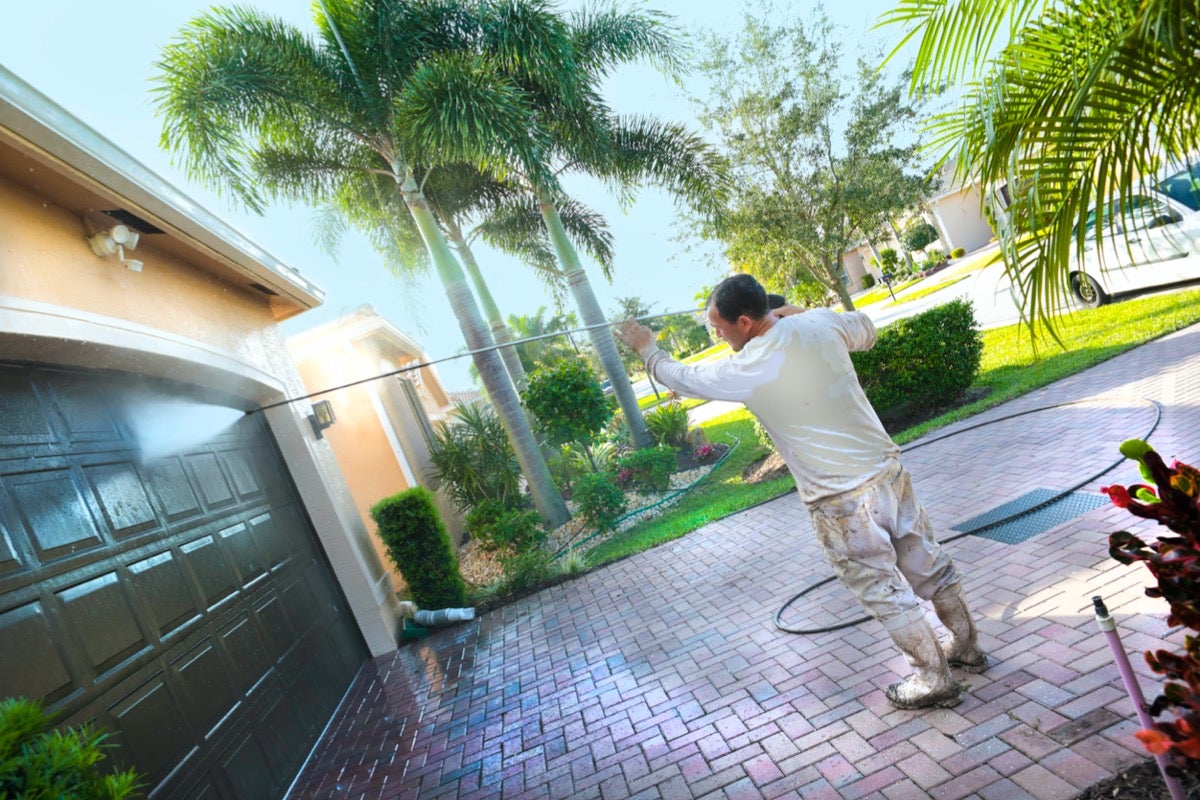Home gyms have become increasingly popular in recent years, especially since the COVID-19 pandemic forced many people to stay at home. While having a home gym can be a great way to stay active and healthy, it can also have an impact on your home insurance policy. In this article, we will explore the importance of having home insurance for homes with home gyms and what homeowners should consider when insuring their home gym.
Why do home gyms impact home insurance?
Home gyms can impact home insurance in several ways. First, they can increase the value of the property, which can impact the cost of the insurance policy. Second, they can increase the risk of property damage or injury, which can impact the coverage provided by the insurance policy. Finally, they can increase the risk of theft or burglary, which can impact the coverage provided by the insurance policy.
What should homeowners consider when insuring their home gym?
When insuring their home gym, homeowners should consider the following factors:
- Value of the equipment: Home gym equipment can be expensive, and homeowners should ensure that they have adequate coverage for the value of the equipment. This may require an increase in the coverage limits of their home insurance policy.
- Liability coverage: Homeowners should ensure that their home insurance policy includes liability coverage for injuries that may occur in their home gym. This coverage can help protect homeowners against lawsuits and other legal claims.
- Security measures: Homeowners should take measures to secure their home gym, such as installing security cameras or alarm systems. These measures can help deter burglars and reduce the risk of theft or property damage.
- Business use: If the home gym is used for business purposes, such as personal training or fitness classes, homeowners may need to purchase additional coverage. This coverage can protect against liability claims and other risks associated with running a business from home.
- Location of the home gym: Homeowners should consider the location of their home gym when determining their insurance needs. If the home gym is located in a separate building, such as a garage or shed, homeowners may need to purchase additional coverage to protect against property damage or theft.
How can homeowners ensure they are adequately covered?
To ensure they are adequately covered, homeowners should take the following steps:
- Notify their insurance provider: Homeowners should notify their insurance provider of their home gym and any changes to the value of the property. This will allow the provider to assess the impact of the home gym on the policy and make any necessary adjustments.
- Review their policy: Homeowners should review their policy to ensure it provides adequate coverage for their home gym. They may need to increase their coverage limits or add endorsements to cover specific risks related to the home gym.
- Keep records: Homeowners should keep records of their home gym equipment, including receipts, contracts, and photos. This will help them prove the value of the equipment and ensure they are adequately compensated in the event of a loss.
- Take safety measures: Homeowners should take safety measures to reduce the risk of injury or property damage in their home gym. This can include installing safety mats, securing equipment, and ensuring proper ventilation and lighting.
- Consult with an insurance professional: Homeowners may benefit from consulting with an insurance professional to assess their insurance needs and ensure they are adequately covered. An insurance professional can help homeowners understand their policy and make informed decisions about coverage.
What are some common mistakes homeowners make when insuring their home gym?
Homeowners often make the following mistakes when insuring their home gym:
- Assuming their policy provides adequate coverage: Homeowners may assume that their home insurance policy provides adequate coverage for their home gym without reviewing the policy. This can result in inadequate coverage and leave homeowners exposed to significant financial losses.
- Underestimating the value of the equipment : Homeowners may underestimate the value of their home gym equipment, which can lead to inadequate coverage. They should ensure that they have accurate records of the equipment’s value and notify their insurance provider of any changes.
Not considering liability coverage: Homeowners may overlook the need for liability coverage, which can leave them exposed to lawsuits and legal claims. They should ensure that their policy includes adequate liability coverage for injuries that may occur in their home gym.
Not taking safety measures: Homeowners may neglect safety measures, such as securing equipment and ensuring proper ventilation and lighting, which can increase the risk of injury or property damage. They should take all necessary safety measures to reduce the risk of accidents.
Not consulting with an insurance professional: Homeowners may not consult with an insurance professional to assess their insurance needs and ensure they are adequately covered. This can lead to inadequate coverage and leave homeowners exposed to significant financial losses.
Conclusion
Homeowners with home gyms should consider the impact of their gym on their home insurance policy. Home gyms can increase the value of the property, the risk of property damage or injury, and the risk of theft or burglary. Homeowners should consider the value of their equipment, liability coverage, security measures, business use, and location of their home gym when determining their insurance needs. They should notify their insurance provider of their home gym, review their policy, keep accurate records of their equipment, take safety measures, and consult with an insurance professional to ensure they are adequately covered. By taking these steps, homeowners can protect their investment in their home gym and minimize their financial risk.




